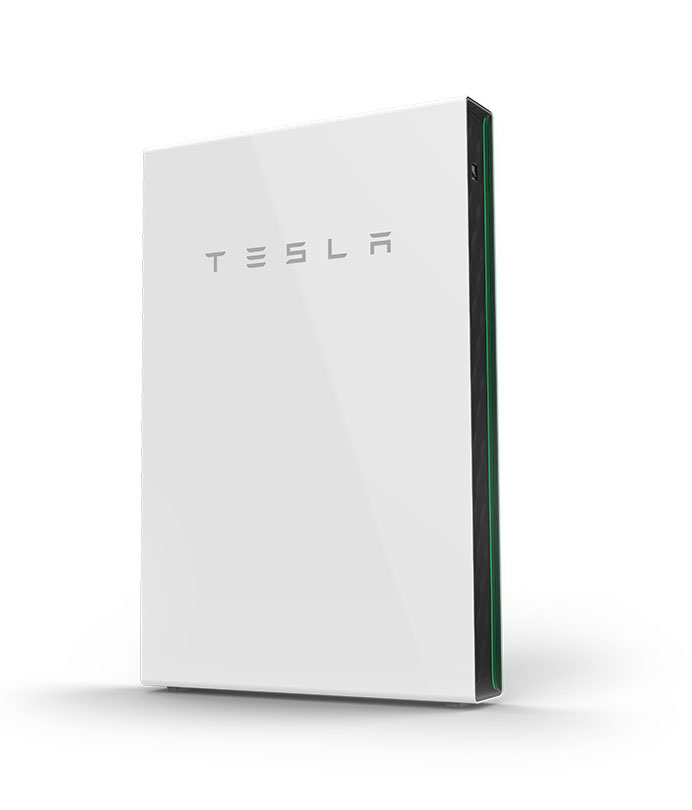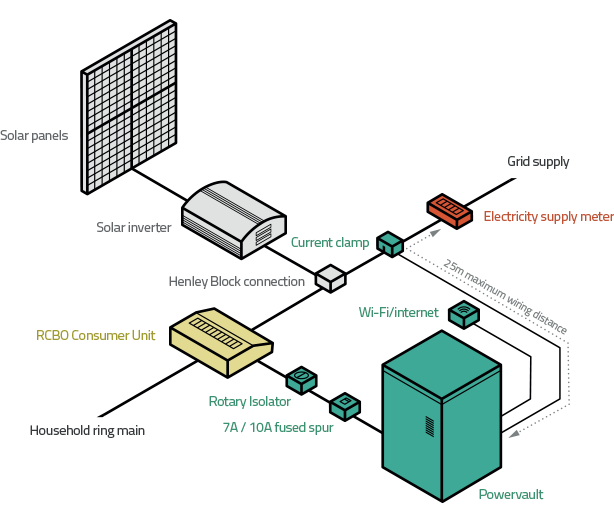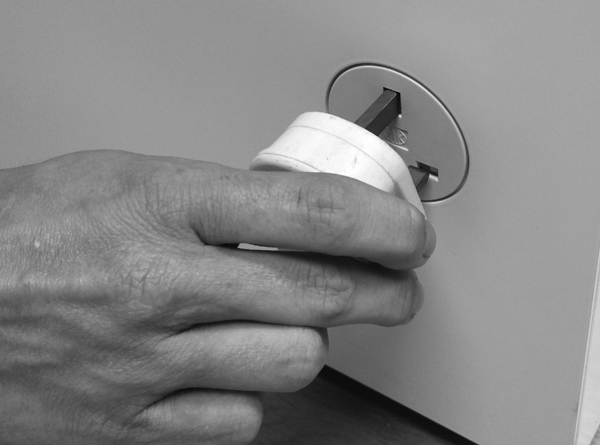Overview
Typical domestic customers consume less than 50% of the energy generated by their solar panel array with the remainder going out into the electricity grid for use elsewhere. Battery storage for solar panels works by simply collecting any unused energy from your solar panels and storing it in a battery instead of exporting it to the grid network. So now you can reduce the amount of money you put into your energy supplier’s pocket.
 This battery independence allows you to use cheap electricity even when the sun is not shining and at the same time reduce the demands you make on the national infrastructure and hence the CO2 emissions attributable to your house. If your solar panels were installed and commissioned before the end of March 2019 you will be receiving the Export Tariff (deemed at 50%), regardless of the actual amount of electricity exported. You are being paid for the solar electricity that you generate, so it is much better to store it rather than exporting it to the grid.
This battery independence allows you to use cheap electricity even when the sun is not shining and at the same time reduce the demands you make on the national infrastructure and hence the CO2 emissions attributable to your house. If your solar panels were installed and commissioned before the end of March 2019 you will be receiving the Export Tariff (deemed at 50%), regardless of the actual amount of electricity exported. You are being paid for the solar electricity that you generate, so it is much better to store it rather than exporting it to the grid.
With falling costs, solar panel battery storage is seen as increasingly attractive in the UK, particularly to early adopters and the 850,000 homes with solar panels.
How battery storage for solar panels works
Battery storage for solar panels works by diverting electricity to charge the batteries when the system detects you are using less than you are generating. This will continue until either the batteries are full, or you start using more electricity than you are generating. At that point, the batteries will kick in so you start using the stored electricity before buying more from your supplier.
All batteries store electricity as Direct Current (DC). To make the power useful, it needs to be converted to Alternating Current (AC) by an inverter. The same kind of technology that you have if you have a solar panel array.

Battery Types
By far the most important part of the battery storage system are the batteries themselves. At present there are two main categories of batteries available for domestic electricity storage:
- Lead-acid batteries and
- Lithium ion batteries.
Lead-acid batteries are inexpensive compared to newer technologies and are very widely used for many applications from providing the energy for the starter motors in cars to backup storage for critical infrastructure such as mobile-phone towers and hospitals. Newer technologies can provide more storage in a given volume and can be charged faster, but lead-acid batteries are relatively cheap and reliable, not to mention easily recyclable.
The batteries used in domestic storage systems are sealed and are maintenance-free, and like modern car batteries, do not produce dangerous or toxic gases. The batteries have a finite life time. It is probable that they can be charged and discharged about 4,000 times before their efficiency drops to an unacceptable level and they will need to be replaced. When they do need to be replaced, they can be recycled easily as there is a mature market for recycling lead-acid batteries with little waste.
Lithium ion batteries are a more modern alternative. They use similar electrochemistry to the batteries in laptop computers and mobile phones but are being optimised for high power usage to drive modern electric vehicles. They can deliver considerably better performance, with a higher energy density and the possibility of being charged at a higher rate than lead-acid batteries. The chemistry, performance, cost and safety characteristics of different lithium ion battery types varies and is developing fast with the active research in this field.
Lithium-ion batteries have received a lot of negative publicity about fire hazards in laptops and phones. Batteries for these applications are optimised for small size and high power density. It seems that in some cases these parameters have been stretched too far and failures either in the manufacturing of the cells or in the management of their performance has led to the dangers that have been reported. For larger scale storage applications, there is less need to miniaturise the cells and push the performance to these limits. As a result larger scale lithium-ion batteries are less hazardous but, nevertheless, it remains essential that the battery is properly managed and kept within its safe performance range.
Over their lifespan, all batteries degrade progressively which mainly shows as a reduced capacity. It is expected that today’s lithium ion batteries will have a lifetime of about 8,000 charge/discharge cycles after which their storage capacity will have reduced to about 80% of the original value. That is roughly twice the lifetime of similar lead-acid batteries.
The materials that lithium-ion batteries contain are less toxic than some of the competing technologies such as nickel and cadmium or lead. However, they are relatively new and the recycling methods are still being developed. They are being used for most electric vehicles and so, we can expect that recycling methods will develop almost as fast as the technology itself is developing.
Battery Storage System Types
There are two main types of battery storage system; AC-coupled and DC-coupled.
AC-coupled batteries are connected at the property’s distribution board so any energy feeding into the battery goes through the solar inverter before going into the battery. This means that any energy generated by the solar PV, stored in the battery and used in the property is converted from DC to AC through the solar inverter, back to DC to be stored in the battery and finally back to AC to be used within the property. All this converting means that there are losses within the system and that less energy comes out of the system as than was put in. This ratio of energy in to energy out is known as the efficiency of the battery system and varies between different types of batteries. In general, current battery systems are about 80-90% efficient.
DC-coupled batteries are connected between the solar panels and the solar inverter. The advantage of this is that there is no need to convert the energy generated by the solar panels as it is already in DC form and ready to be stored. There are, however, restrictions on the lengths of the strings connected into the battery and the type of inverter which means that DC-coupled storage systems need to be carefully designed before installation.
Most mainstream battery systems such as Tesla, Sonnen and Powervault are AC-coupled because they are simpler to install and can be easily retrofitted to existing systems. DC-coupled systems such as Solarwatt are becoming more popular especially with large scale commercial installations.
Considerations
 Backup power
Backup power
One of the major advantages of a battery storage system is having access to electricity in the event of a power cut however most battery systems have to shut down during a power cut in order to protect people who may be working to fix the problem at the substation from electrocution. Tesla has recently released the Backup Gateway 2 energy manager which completely islands the house in the event of a power cut meaning that it can provide single-phase power up to 5kW which is plenty to cover most electrical loads in residential properties.
Battery capacity
The amount of energy that can be stored is a key parameter of the system that will determine the payback of the unit. Your battery should be sized to meet the energy requirement of the property while there is no solar generation, or if that is greater than the generation capacity of the PV system to what would be exported on a sunny day. However, to achieve the full benefit of the system it is essential that the battery can be charged fast enough, and ideally at the same rate the PV system can generate. For example with a 4kW peak PV system (as installed on many domestic houses), it will be capable of generating about 30kWh over the course of a sunny day. But if the battery can only be charged at a rate of 1kW, it will only be able to store about 8kWh meaning that you achieve only about 25% of the potential of the system.
Cycles
A cycle is one complete discharge and one complete charge. In real terms a battery may only discharge 50% and recharge 50%, this would be half a cycle. It is wise to check how many cycles a battery is warrantied for and then you can calculate how many kWhs your battery will deliver over its warrantied lifetime
Performance monitoring and efficiency
Better systems come with a package that allows you to monitor the daily and long-term performance of the system via the Internet. There are energy losses in storing and retrieving energy from a battery and we know that battery performance will degrade over time. Therefore easy ways to measure the performance of your system so you can intervene at the right time is essential.
GALLERY







